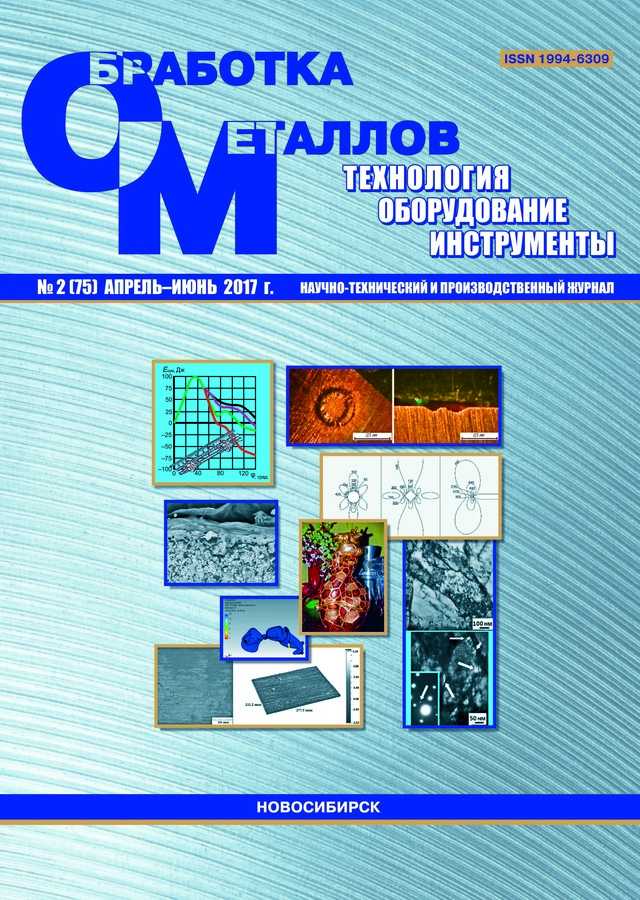The problems of the interelectrode gap value assignment at the electrochemical dimensional machining of small holes in copper in chloride solutions with using a hollow cathode- tool with an internal diameter 0,26 mm and external diameter 0,46 mm are considered. It is established that when obtaining holes at small interelectrode gaps (0,05…0,1 mm) with electrolyte jet pressure P = 0,3 MPa, the accuracy of copying the tool is not ensured. This is explained by the fact that the electrochemical dimensional machining of copper in chloride solutions is accompanied by the formation of a hardly soluble CuCl salt on the surface, which prevents electrochemical dissolution of the metal under the cathode-tool end. The accuracy of copying the tool on the machined surface is achieved by increasing the interelectrode gap to 0.2 mm. However, an increase in the interelectrode gap leads to a decrease in the localization of the anodic dissolution process, and, consequently, to a decrease in the rate of hole formation. It is shown that an increase in the pressure of the electrolyte jet to 0,8 MPa at a value of the interelectrode gap from 0,05 to 0,1 mm ensures the accuracy of the hole formation. It is noted that increasing the electrolyte jet pressure intensifies the process of depassivation of the anodic surface, which makes the processing possible at a small value of the interelectrode gap with a high degree of localization of the process. It is established that at interelectrode gap equal to 0,3 mm at P = 0,3 MPa and equal to 0,1 mm at P = 0,8 MPa, it is possible to realize the scheme of electrochemical machining of holes with continuous stabilization of the interelectrode gap due to the displacement of one of the electrodes.
 6-16
6-16


 17-27
17-27


 28-37
28-37


 38-44
38-44


 45-54
45-54


 55-66
55-66


 67-78
67-78







